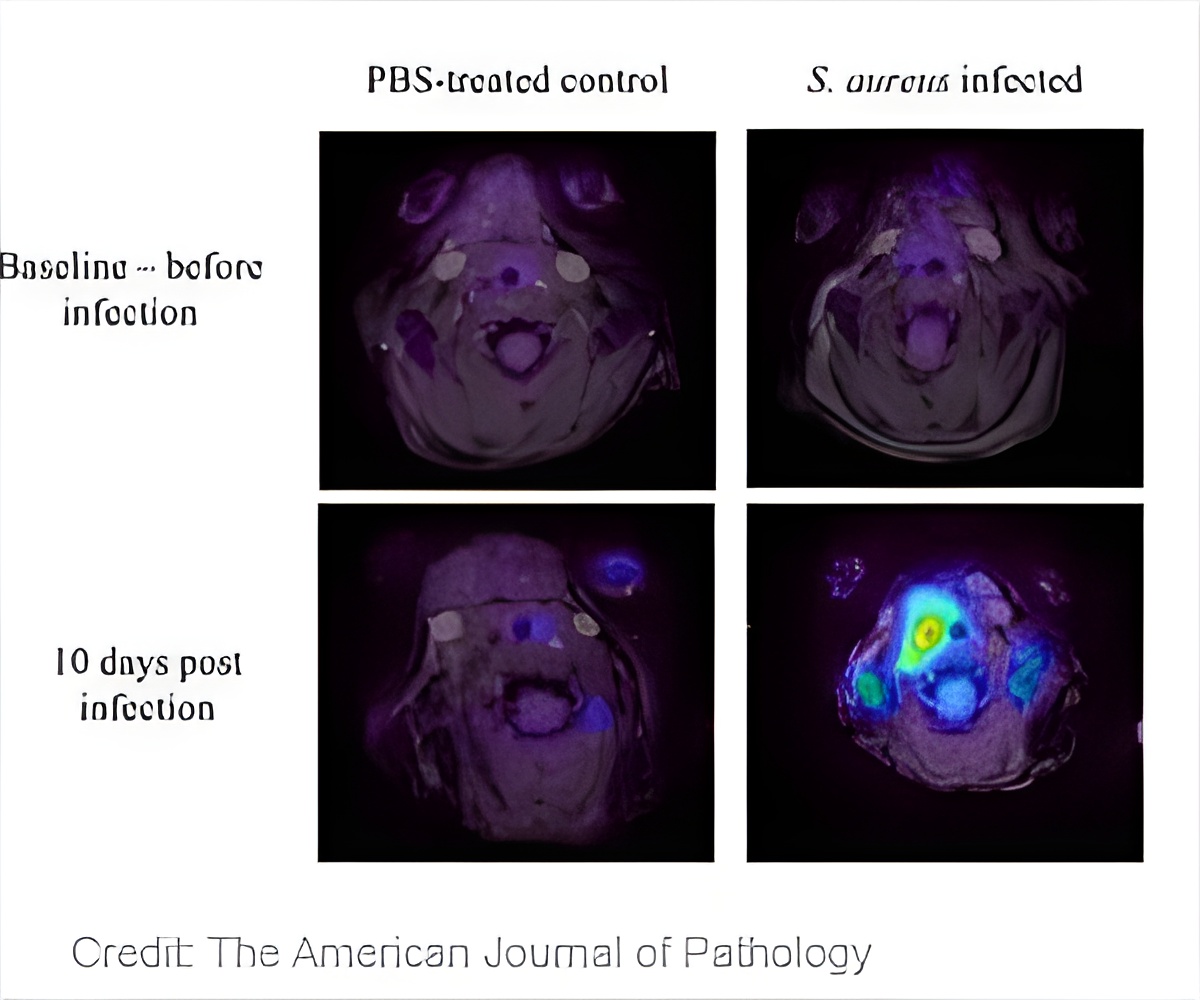
‘Activating aryl hydrocarbon receptor pathway is a new key to treat Graves’ disease and eye disorders.’
Tweet it Now
The new study was published in The American Journal of Pathology."Currently there are no effective therapies for TED that target or prevent the excessive scarring and tissue remodeling. Our studies reveal that AHR is a novel target for treatment of this disease and potentially other diseases that manifest with excessive scarring," explained lead investigator Richard P. Phipps, PhD, of the Department of Environmental Medicine and Flaum Eye Institute of the School of Medicine and Dentistry of the University of Rochester (Rochester, New York).
The primary goals of the research were to better understand the molecular pathways underlying scarring in TED and to control or prevent tissue remodeling or destruction. The orbital remodeling in TED is likely induced by infiltrating T lymphocytes and mast cells, which activate orbital fibroblast effector cells to either proliferate and form scar-producing cells called myofibroblasts or turn into pro-inflammatory fat cells. Myofibroblasts produce large amounts of extracellular matrix material such as collagen, are contractile, and secrete a variety of cytokines and chemokines, all of which enhance scar formation.
The investigators focused on studying the activity of AHR, a transcription factor that is known to play a key role in regulating inflammatory and immune responses, and the effects of two AHR ligands (ITE and FICZ). Previous research had shown that AHR activation decreases transforming growth factor beta (TGFβ), a cytokine that induces myofibroblast formation. When human orbital fibroblasts from TED patient tissue were compared to tissue from patients without TED, the researchers discovered that TED orbital fibroblasts expressed higher levels of AHRs than non-TED orbital fibroblasts.
The AHR ligands turned on AHR-dependent genes and blocked the TGFβ-driven transformation of human orbital fibroblasts to scar-forming myofibroblasts. The ligands also interfered with other aspects of TED tissue remodeling including collagen production, filament formation, and myofibroblast contraction. Importantly, the ligands impaired myofibroblast function without affecting cell viability.
Advertisement
"We are excited that our translational research team of clinicians and basic researchers have come together to present these novel findings and hope that future studies and trials based on this work can move forward to bring targeted therapies for TED," commented Dr. Phipps.
Advertisement
Source-Eurekalert













